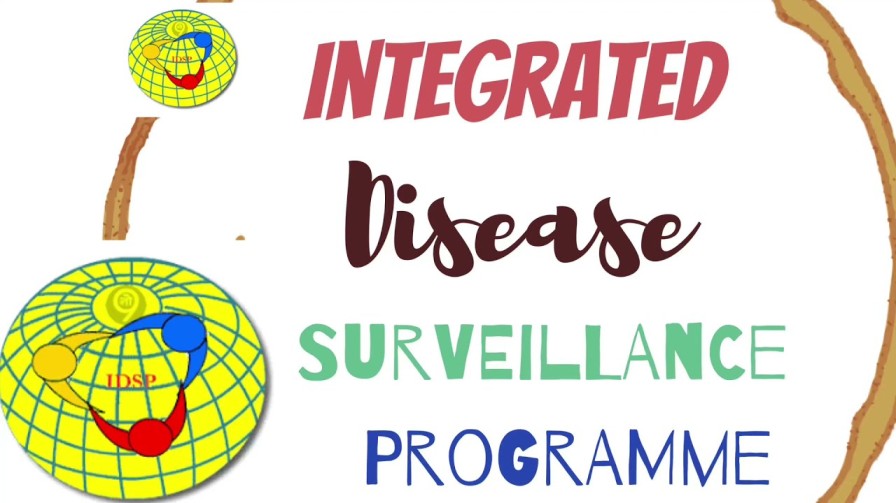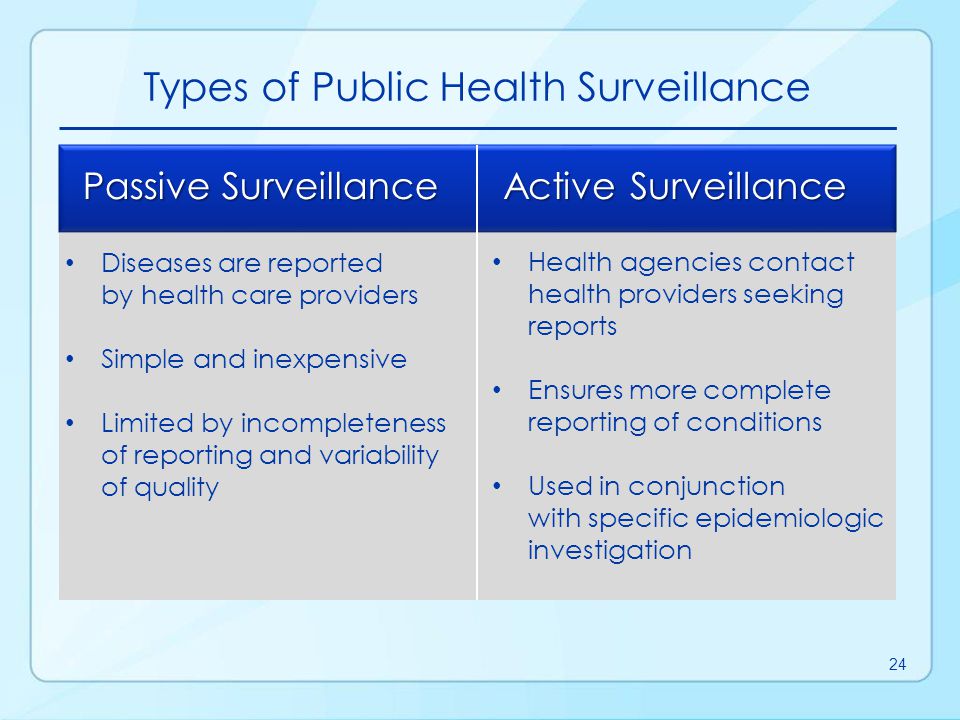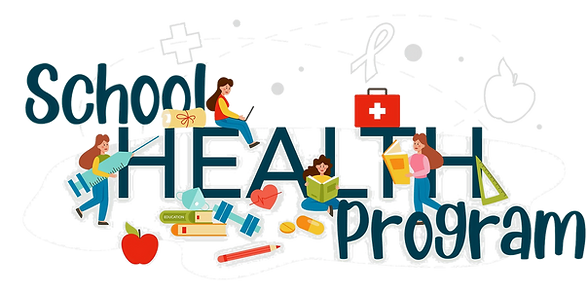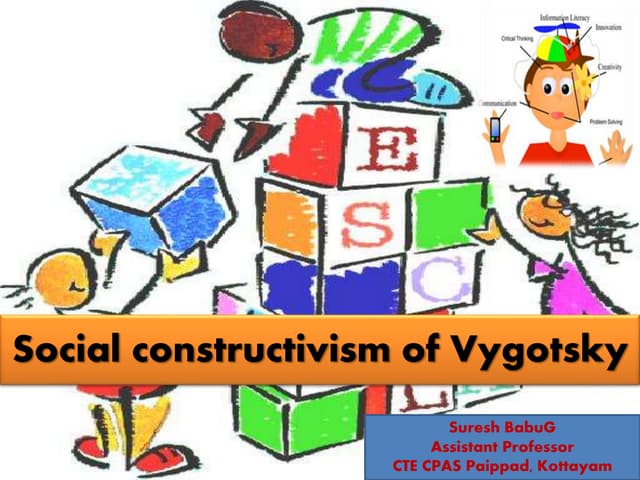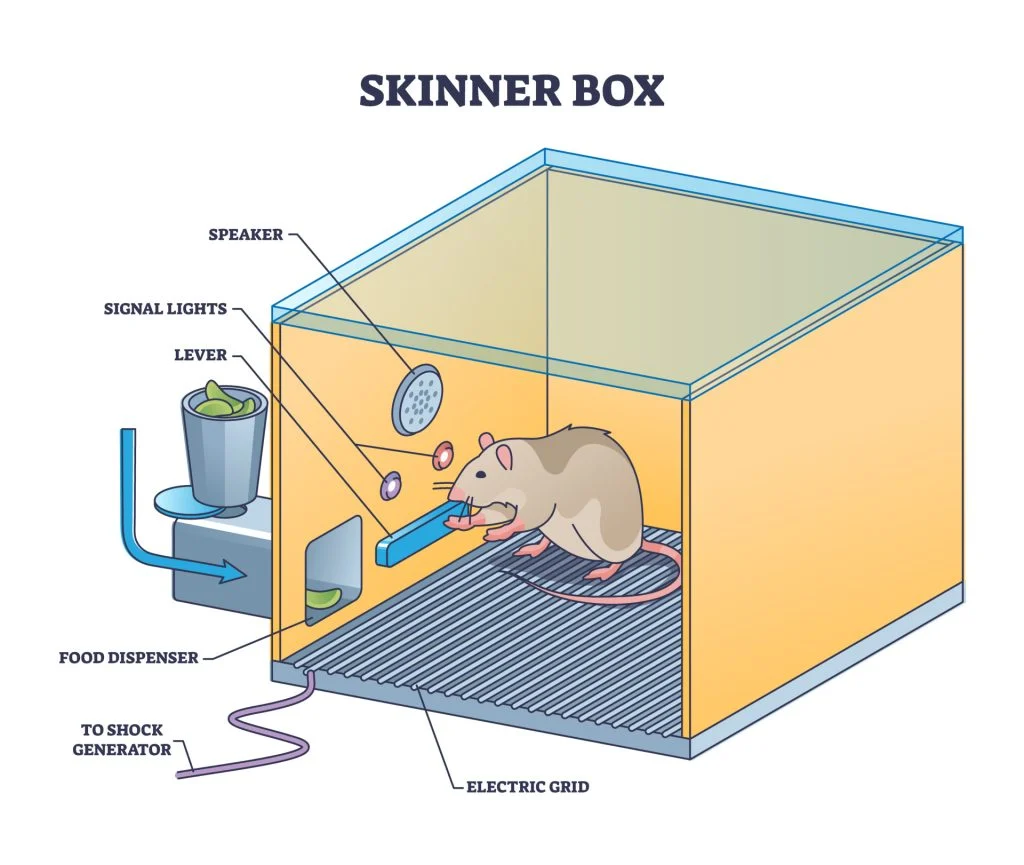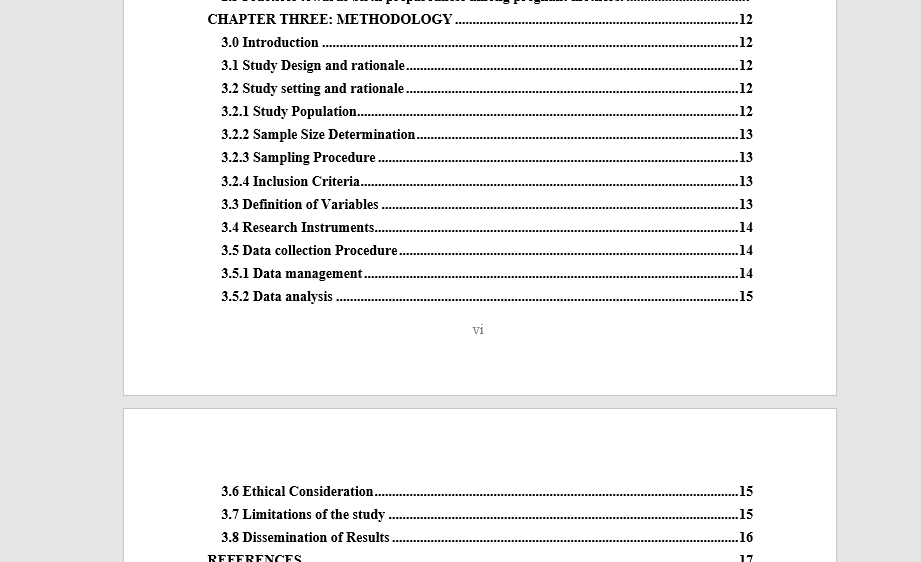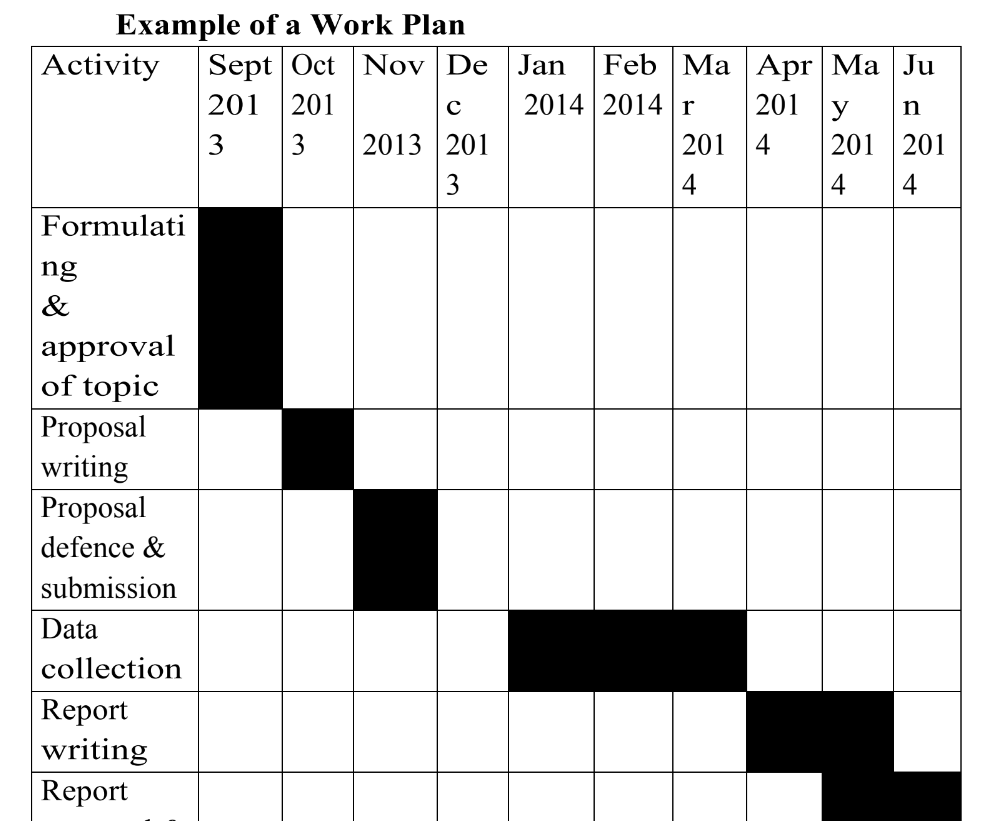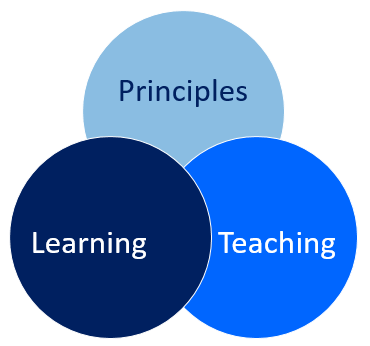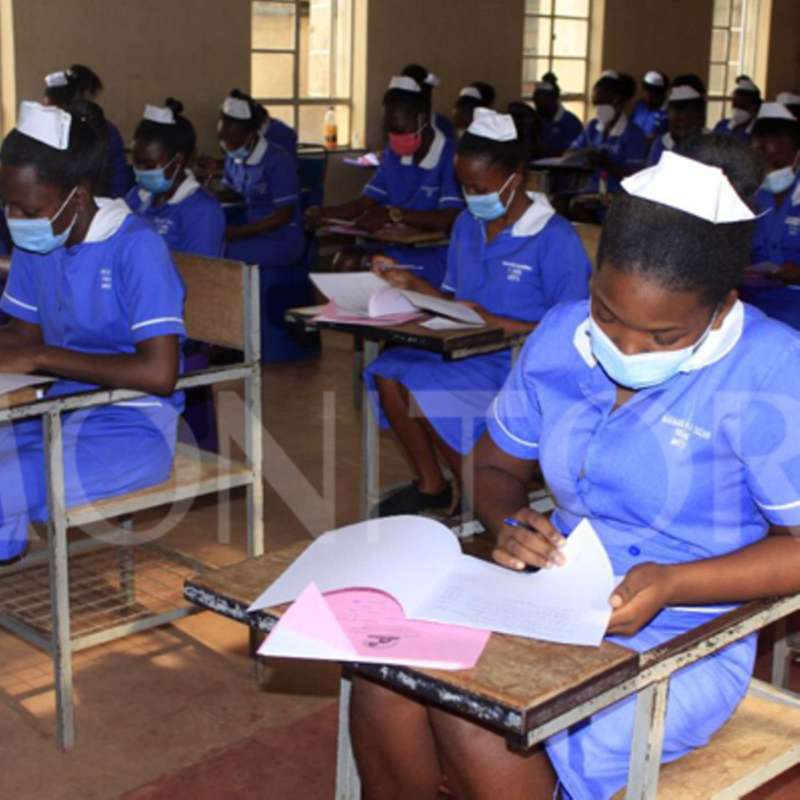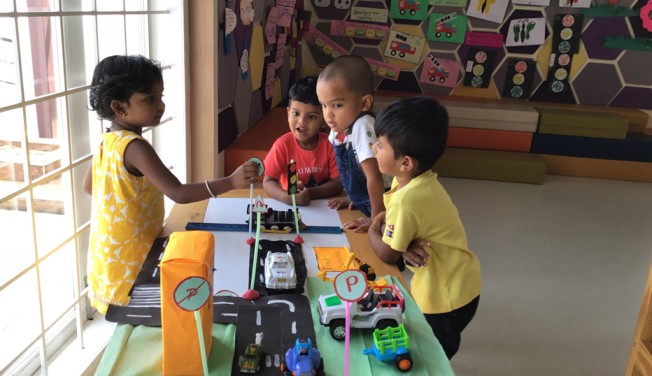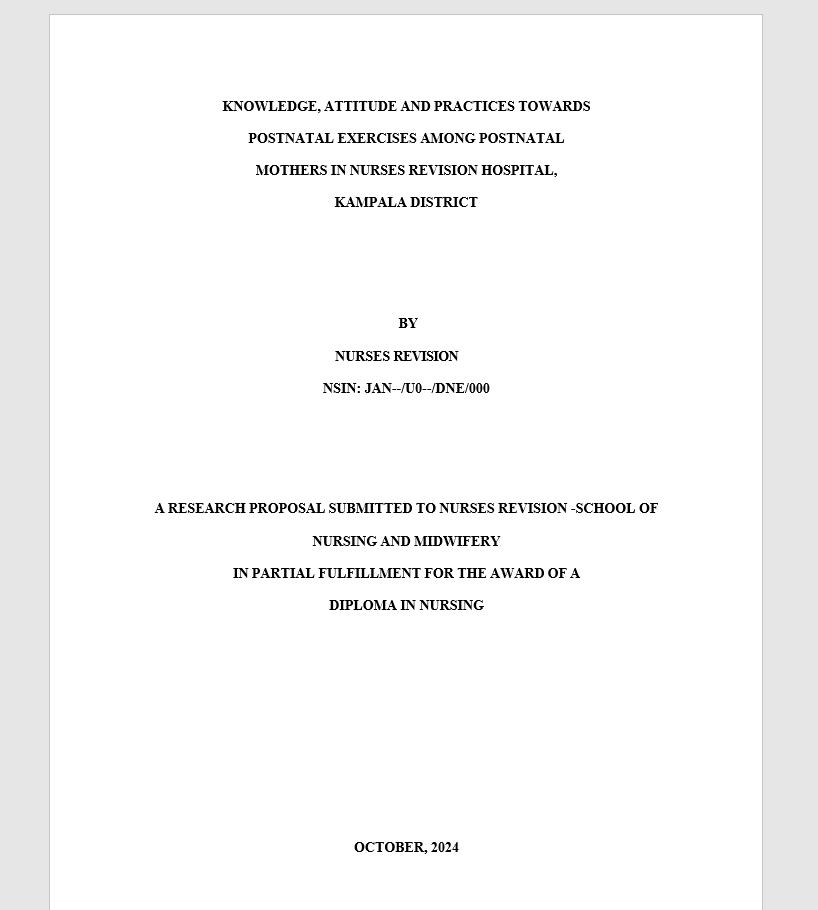ANDRAGOGY
ANDRAGOGY.
Andragogy, often referred to as adult education, encompasses both the art and science of facilitating adult learning.
It also refers to a method and practice of teaching adult learners.
Reasons Behind Adult Learning
Adults engage in learning for a variety of reasons, driven by their unique life circumstances and goals.
Staying Competitive: The dynamic nature of today’s world demands that adults continuously update their knowledge and skills to remain competitive in their professional fields. Learning becomes a means to adapt to changing landscapes and evolving technologies.
Job Training and Advancement: Many adults engage in learning as a part of their job requirements or career advancement. Keeping up with new industry standards, technologies, and practices is essential for job performance and growth.
Financial Growth: Learning can lead to better job opportunities and increased earning potential. Acquiring new skills and qualifications often opens doors to higher-paying positions or entrepreneurship.
Self-Improvement: Adult learners also seek personal growth and self-improvement through learning. Whether it’s acquiring a new hobby, exploring a new field of interest, or enhancing personal skills, learning contributes to their overall well-being.
Acquiring New Skills: Adults recognize the value of acquiring new skills that may not only be relevant to their careers but also enrich their personal lives. Learning a new language, mastering a musical instrument, or becoming proficient in a creative endeavor are examples of skill-based learning.

Characteristics of Adult Learners
Control over Learning: Adults tend to be self-directed in their lives, although responsibilities with jobs and families can remove a degree of their freedom to act. Adulthood brings an increasing sense of the need to take responsibility for our lives, and adults strongly resent it when others take away their rights to choose. This fact is clearly seen in educational efforts among adults. When not given some control over their learning, most adults will resist learning, and some will even attempt to sabotage education efforts. They require autonomy.
High Motivation to Learn: Adults are particularly motivated to learn information that seems immediately applicable to their situation and needs. They tend to be frustrated with “theory” that needs to be stored away for future use or learning for the sake of learning.
Pragmatic (Practical) Learning: Adults in the workplace prefer practical knowledge and experiences that will make work easier or provide important skills. In other words, adults need personal relevance in learning activities. Many adults prefer to learn by doing rather than listening to lectures.
Learning as a Secondary Role: Adults fulfill multiple roles, and these roles inevitably create conflicting and competing demands on the adult learner. Multiple responsibilities and commitments to family, friends, community, and work cause most adults to have far less time and energy to read, study, or learn.
Resistance to Change: Learning often involves changes in attitudes or actions. Adults tend to be somewhat resistant to such changes because life itself teaches us that change is not always for the better and that many outcomes of change are unpredictable. Youth tend to be more idealistic and are often open to change just for the sake of change.
Diversity among Adult Learners: Adults vary from each other as learners in terms of age and experiences much more than traditional age learners. Such differences can be used as a powerful resource for adult learning. Through collaboration in small groups, adults can benefit from their variety of experiences. Dialogue with other adults enables adult learners to perceive more nuances of application and possible problems with new concepts than could ever be gained from private reflection.
Drawing on Past Experiences in Learning: The adult’s experience is a key resource in any learning effort. Adults have a greater reservoir of life experiences simply because they have lived longer and seen or done more. Consciously or unconsciously, adults tend to link any new learning to their prior learning. Learning through mutual sharing is important.
Goal-Oriented Learning: Learning is aimed at an immediate goal. Many adults have specific goals they are trying to achieve. They prefer to partake in learning activities that help them reach their goals.
Results-Oriented Approach: Adults are results-oriented. They have specific expectations for what they will get out of learning activities and will often drop out of voluntary learning if their expectations aren’t met.
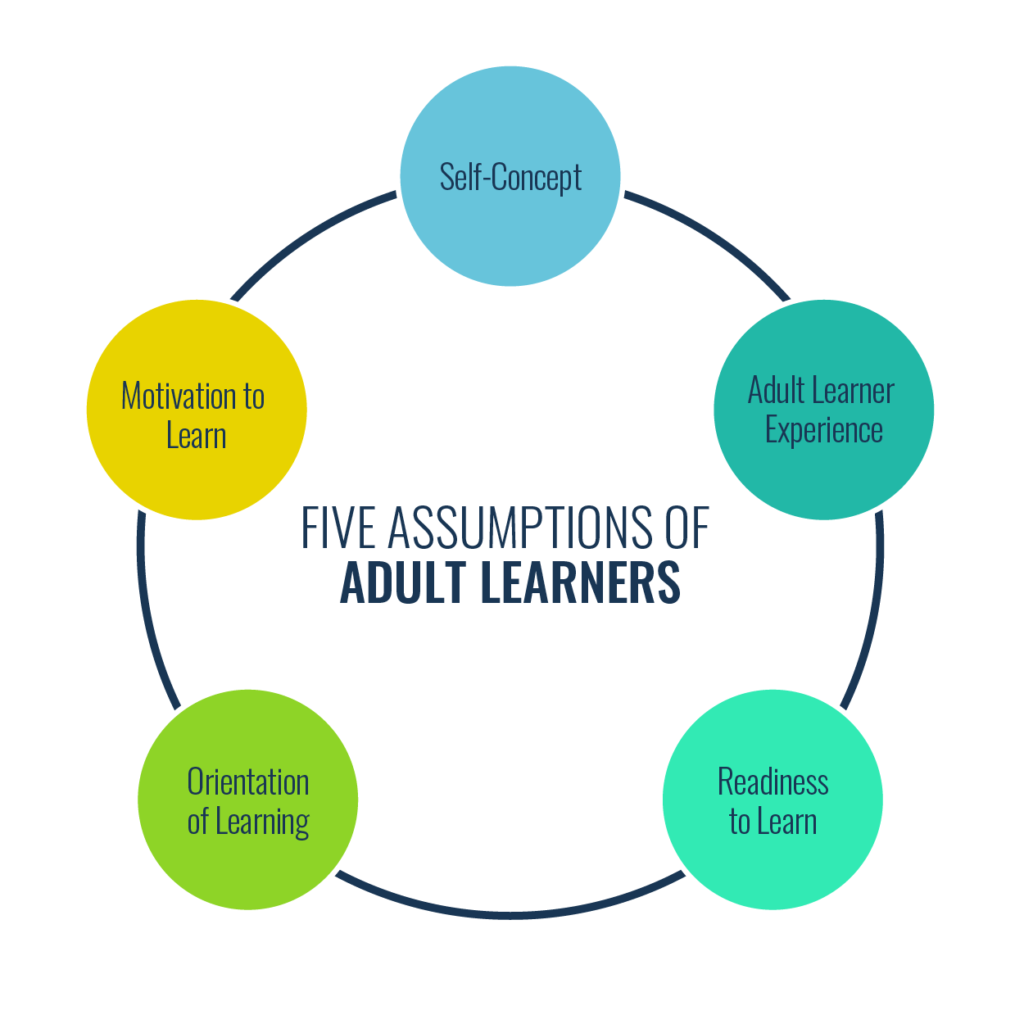
Adult Learning Theory
Andragogy, also known as adult learning theory, was proposed by Malcolm Shepard Knowles in 1968. Previously, much research and attention had been given to the concept of pedagogy – teaching children. Knowles recognized that there are many differences in the ways that adults learn as opposed to children.
Knowles’ Five Assumptions of Adult Learners
Knowles’ theory of andragogy identified five assumptions that teachers should make about adult learners:
Self-Concept: Because adults are at a mature developmental stage, they have a more secure self-concept than children. This allows them to take part in directing their own learning.
Past Learning Experience: Adults have a vast array of experiences to draw on as they learn, as opposed to children who are in the process of gaining new experiences.
Readiness to Learn: Adults are ready to learn things that relate to their life and responsibilities. Many adults have reached a point at which they see the value of education and are ready to be serious about and focused on learning.
Practical Reasons to Learn: Adults are looking for practical, problem-centered approaches to learning. Many adults return to continuing education for specific practical reasons, such as entering a new field.
Driven by Internal Motivation: While many children are driven by external motivators – such as punishment if they get bad grades or rewards if they get good grades – adults are more internally motivated.
Principles of Andragogy
Educating adults involves understanding adult learning principles. Based on Knowles’ assumptions about adult learners, he discussed five principles that educators should consider when teaching adults:
Self-Directed Learning: Since adults are self-directed and increasingly independent, they should have a say in the content and process of their learning.
Building on Experience: Adults bring life and job experience with them. This experience is a resource for learning. Therefore, their learning should focus on adding to what they have already learned in the past.
Readiness to Learn: Since adults are looking for practical learning, content should focus on issues related to their work or personal life. Adults want to learn what they can apply in their real-life situations.
Problem-Oriented Approach: Additionally, learning should be centered on solving problems instead of memorizing content. Learning is organized around life/work situations rather than subject matter units.
Motivation to Learn: Motivators for adults can be both external and internal. External motivators include better jobs and higher salaries. Internal motivators include increased job satisfaction, self-esteem, recognition, better quality of life, self-confidence, and self-actualization.
Respect for Adult Learners: Adult learners like to be respected.
Application of Andragogy to Teaching
Applying andragogy to teaching involves tailoring the educational approach to meet the specific needs, backgrounds, and expectations of adult learners. Here are some ways in which andragogy can be applied to teachers:
Understanding Learners: Teachers should start by understanding the needs, experiences, and expectations of their adult learners. This knowledge serves as the foundation for creating effective learning experiences.
Learner-Centered Environment: Establishing a learner-centered educational environment is crucial. This means designing the learning process around the interests and goals of adult learners, allowing them to take an active role in shaping their education.
Active Engagement: Teachers should design courses and activities that actively engage adult learners. This could involve hands-on activities, group discussions, problem-solving tasks, and real-world applications.
Motivation: Recognize that adult learners are motivated when they see the immediate relevance and applicability of what they are learning. Teachers should emphasize the practical benefits and outcomes of the material being taught.
Sharing Experiences: Create opportunities for adult learners to share their own experiences and insights. This promotes a collaborative learning environment where learners can learn from each other.
Lessons from Adult Learning Theory:
Lesson 1: Make Sure Your Adult Students Understand Why: Clearly communicate the importance and relevance of the material being taught. Adult learners are more engaged when they understand the significance of what they’re learning.
Lesson 2: Respect Different Learning Styles: Recognize that adult learners have diverse learning styles – visual, auditory, and kinesthetic. Accommodate these styles to enhance comprehension and retention.
Lesson 3: Allow Experiential Learning: Encourage experiential learning where learners actively engage with the subject matter. Any activity that involves learners in the learning process enhances their understanding.
Lesson 4: Seize Teaching Moments: Pay attention to opportune teaching moments. If a topic naturally arises in conversation or during activities, take advantage of the opportunity to teach it immediately.
Lesson 5: Encourage and Recognize Contributions: Foster a positive and encouraging atmosphere in the classroom. Give learners time to respond, recognize their contributions, and offer words of encouragement. Clear expectations motivate learners to meet them.
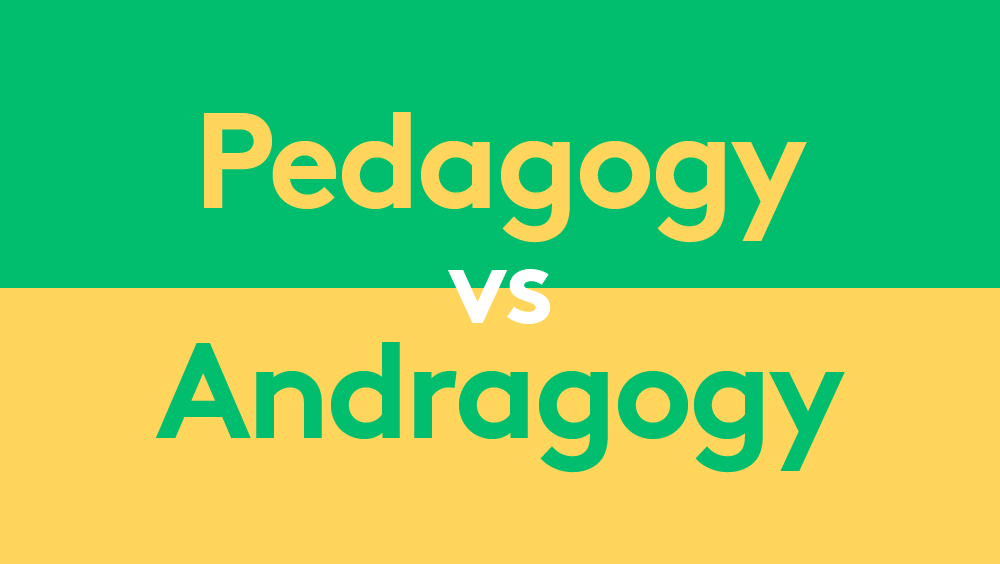
Differences between Pedagogy and Andragogy.
| Pedagogy | Andragogy |
|---|---|
| Learner is dependent upon the instructor for all learning. | Learner is self-directed and responsible for own learning. |
| The teacher assumes full responsibility for what is taught. | Self-evaluation is characteristic of this approach. |
| Teacher/instructor evaluates learning. | The learner brings a greater volume and quality of experience. |
| The learner comes with little experience as a resource. | Adults are a rich resource for one another. |
| Experience of the instructor is most influential. | Different experiences assure diversity in groups of adults. |
| Students are told what they have to learn. | The need to know in order to perform more effectively in some aspect of life is important. |
| Learning is acquiring prescribed subject matter. | Learning must have relevance to real-life tasks. |
| Content units are sequenced by subject matter logic. | Learning is organized around life/work situations. |
| Primarily motivated by external pressures. | Internal motivators: self-esteem, recognition, better quality of life, self-confidence, self-actualization. |
1. What is the main difference between pedagogy and andragogy in terms of learner responsibility?
A) Pedagogy involves self-directed learning.
B) Andragogy involves instructor-directed learning.
C) Both pedagogy and andragogy rely on instructor guidance.
D) Both pedagogy and andragogy involve equal learner responsibility.
Answer: B) Andragogy involves instructor-directed learning.
2. Which of the following best describes the role of the instructor in andragogy?
A) Complete responsibility for learner outcomes.
B) Providing step-by-step guidance in all activities.
C) Facilitating learning and encouraging self-evaluation.
D) Evaluating learners’ achievements without input from learners.
Answer: C) Facilitating learning and encouraging self-evaluation.
3. What is a key characteristic of adult learners’ motivation to learn?
A) Focus on theory for future application.
B) Reliance on external rewards for learning.
C) Emphasis on learning for the sake of learning.
D) Interest in immediate practical applicability.
Answer: D) Interest in immediate practical applicability.
4. In the context of andragogy, what does the term “self-directed” mean?
A) Learning without any guidance from the instructor.
B) Relying solely on textbooks for learning.
C) Taking initiative and responsibility for one’s learning.
D) Following a strict curriculum without flexibility.
Answer: C) Taking initiative and responsibility for one’s learning.
5. What distinguishes adult learners from children in terms of their experiences?
A) Adults have fewer experiences to draw upon.
B) Children have more varied life experiences.
C) Adults bring a greater volume and quality of experience.
D) Children’s experiences are more relevant to education.
Answer: C) Adults bring a greater volume and quality of experience.
6. Which motivation factor is more relevant to adult learners than to children?
A) Grades and competition.
B) External rewards and punishments.
C) Desire for recognition and self-esteem.
D) Idealistic aspirations and curiosity.
Answer: C) Desire for recognition and self-esteem.
7. What does andragogy suggest about the relevance of learning content?
A) Content should be abstract and theoretical.
B) Content should be unrelated to real-life situations.
C) Learning content should be irrelevant to learners’ needs.
D) Learning content should have relevance to real-life tasks.
Answer: D) Learning content should have relevance to real-life tasks.
8. How should learning be organized according to andragogy?
A) Around subject matter units.
B) Sequentially based on pedagogical logic.
C) Around life/work situations.
D) Focused on theoretical concepts.
Answer: C) Around life/work situations.
9. What is a primary role of instructors in andragogy-based teaching?
A) Delivering lectures without interaction.
B) Following a strict curriculum.
C) Tailoring content to learners’ needs.
D) Assessing learners without their input.
Answer: C) Tailoring content to learners’ needs.
10. In andragogy, why is recognizing the contributions of adult learners important?
A) To maintain teacher authority.
B) To keep learners dependent on the instructor.
C) To encourage learners to drop out of the course.
D) To motivate and empower adult learners.
Answer: D) To motivate and empower adult learners.
11. Which learning style does andragogy emphasize in teaching adult learners?
A) Visual learning.
B) Auditory learning.
C) Kinesthetic learning.
D) All learning styles are equally emphasized.
Answer: D) All learning styles are equally emphasized.
12. What type of motivation is more intrinsic to adult learners?
A) External rewards and punishments.
B) Grades and competition.
C) Internal motivators like self-esteem and self-actualization.
D) Recognition and rewards from instructors.
Answer: C) Internal motivators like self-esteem and self-actualization.
13. What is the focus of learning in andragogy?
A) Memorizing content.
B) Gaining theoretical knowledge.
C) Problem-solving and practical application.
D) Achieving high grades.
Answer: C) Problem-solving and practical application.
14. Which teaching approach allows adult learners to actively engage, gain and share experiences, and collaborate?
A) Instructor-centered approach.
B) Traditional lecture-based approach.
C) Learner-centered andragogical approach.
D) Rote memorization approach.
Answer: C) Learner-centered andragogical approach.


